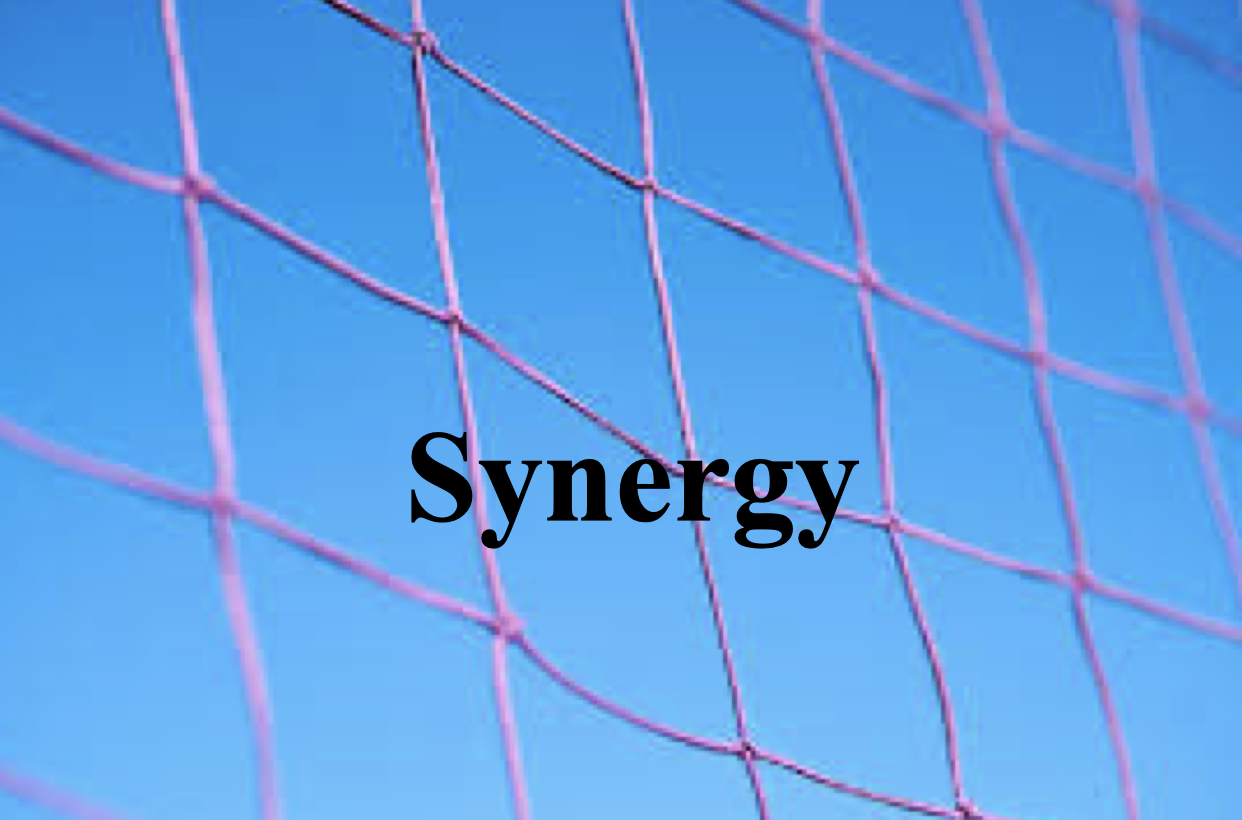Weaving Knowledge: Crafting the Introduction of a Medical Study Protocol
In the vast expanse of medical research, knowledge can be envisioned as an intricately woven net. Each strand represents existing understanding, tightly interlocked with others to form a protective barrier against ignorance. Yet, as comprehensive as this net might appear, gaps remain—unanswered questions and unexplored realms that beckon researchers to venture beyond the known. The quest to mend these gaps or extend the net's reach epitomizes the essence of research. At the heart of this endeavor lies the study protocol, a meticulously designed blueprint aimed at navigating the uncharted territories of knowledge. This blog delves into the art of crafting the introduction of a medical study protocol, drawing an analogy to repairing or expanding this net of knowledge.
The Framework of Exploration
Describing the Periphery
The introduction of a medical study protocol serves as the first step in a scholarly expedition, outlining the terrain that surrounds a knowledge gap. Just as a net's edge defines the extent of a hole, a literature review delineates the boundaries of what is known, highlighting the threads of evidence that encircle the void. This section is not merely an overview but a strategic mapping, showcasing the robustness of existing research and subtly exposing the frailties where threads thin out.
Identifying the Gap
Central to the introduction is the articulation of the gap itself—a void within the net of knowledge. This is where words like "despite," "however," and "yet" play a pivotal role, signifying the transition from the known to the unknown. They introduce the paradoxes and contradictions that punctuate the existing literature, inviting the reader to peer into the abyss. Describing the gap involves more than stating what is missing; it's about emphasizing the significance of the absence and the potential insights that lie just beyond reach.
Rationalizing the Need for Repair
After delineating the gap, the next step is to justify why it is imperative to mend this breach in our knowledge. This involves arguing the relevance of the gap not only to the academic community but also to the broader realm of medical practice and patient care. It's about connecting the dots between the unfilled spaces in our understanding and the real-world implications of leaving them void. This section should convey a sense of urgency and purpose, compelling the reader to acknowledge the necessity of the proposed research.
Presenting the Mesh: Study Aim and Objectives
As we approach the conclusion of the introduction, the focus shifts to the proposed solution—the study itself, envisioned as a mesh designed to repair or expand the net of knowledge. This is where the researcher outlines the study's aim and objectives, succinctly stating how this new inquiry intends to bridge the gap. It's a preview of the methodological blueprint, the 3D model that will test whether the theoretical repair holds up under empirical scrutiny. This final segment ties back to the initial analogy, reinforcing the narrative that research is an iterative process of knitting together the fabric of human understanding.
Table of Commonly Used Words and Adjectives in High-Impact Journal Introductions
| Category | Commonly Used Words and Adjectives |
|---|---|
| Contrast/Gap Identification | despite, however, yet, notwithstanding, although |
| Significance/Justification | crucial, significant, imperative, essential, vital |
| Urgency | urgent, pressing, immediate, necessary |
| Novelty | novel, innovative, groundbreaking, pioneering |
| Purpose/Aim | aim, objective, purpose, intent, goal |
In Conclusion
The introduction of a medical study protocol is akin to narrating the first chapter of a grand exploration. It sets the stage, outlining the known world before pointing towards the horizon where knowledge fades into the unknown. Crafting this section with care, employing a rich tapestry of words to describe, justify, and propose, transforms the protocol from a mere document into a beacon of inquiry. It's not just about identifying a gap; it's about inspiring a collective leap towards filling it, extending the net of knowledge further than ever before. In the realm of research, every study protocol offers a promise—a promise of discovery, of answers, and, ultimately, of progress.
